Australian Criminal Intelligence Commission
The Australian Criminal Intelligence Commission has today released the first National Wastewater Drug Monitoring Program Report, which found several regional sites in Queensland had per capita methylamphetamine consumption levels that exceeded the national average.
“The National Wastewater Drug Monitoring Program measures the use of drugs in the community by chemically analysing sewerage water, with the first report capturing a baseline assessment of drug consumption in Australia,” Australian Criminal Intelligence Commission CEO Chris Dawson said.
Methylamphetamine was the highest consumed illicit drug of those tested across all regions of Australia, with consumption in some areas at historic highs.
Wastewater analysis has been used to measure drug use in certain parts of Queensland for a number of years, providing the baseline for the National Wastewater Drug Monitoring Program to build upon.
“Wastewater analysis in Queensland for at least the last five years has shown a consistent pattern of increasing methylamphetamine consumption, and in two Queensland regional sites, results show an increase each year, and in recent years, at an increasing rate.”
“We already know that serious and organised crime groups are thriving on the profits generated through methylamphetamine and other illicit substances, with the price paid for meth in Australia among the highest in the world.”
“Our law enforcement partners are working hard to combat illicit drug supply,” Mr Dawson said.
Historical data for cocaine is available for one Queensland regional site since 2009, with data revealing that although use in the location is high in national terms, consumption levels within that site have remained relatively stable over the period.
Alcohol and tobacco were consistently the highest consumed drugs of those tested in all states and territories.
Regional Queensland, in particular, also showed significant oxycodone and fentanyl use—these substances have potential for diversion into the illicit drug market.
“The National Wastewater Drug Monitoring Program results are integral in shaping a whole of government and whole of community response to the demand for illicit drugs in Australia, and the harms to our community,” Mr Dawson said.
“The impact of illicit drug use on our society should not be underestimated, and with serious and organised crime driving supply trends, along with resilient user demand, the Australian Criminal Intelligence Commission is committed to working with our partners to better understand the threat, the role of serious and organised crime in the problem and the need to collectively work on effective responses.
“Improving the data sources available for the central analysis of illicit drug trends is a critical step in this process.”
Twelve sites across Queensland were monitored as part of the National Wastewater Drug Monitoring Program.
The Australian Criminal Intelligence Commission received $3.6 million over three years from Proceeds of Crime funding for the National Wastewater Drug Monitoring Program, and has commissioned the University of Queensland and the University of South Australia to undertake the program and prepare the first research report containing its findings.
The report is available from the Australian Criminal Intelligence Commission website.
